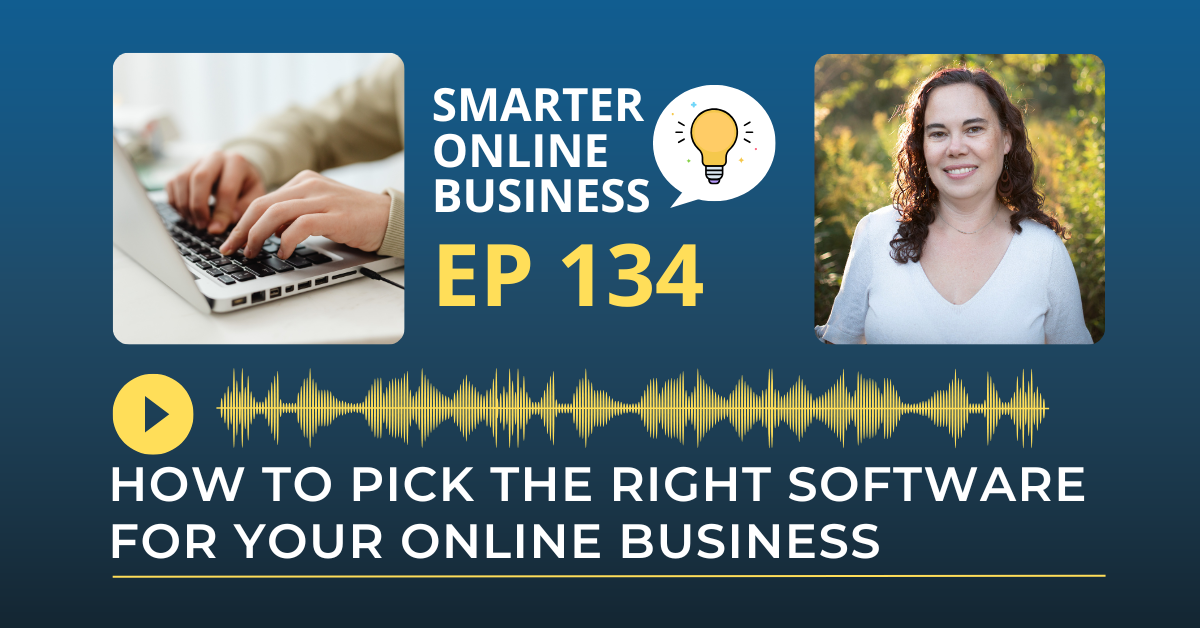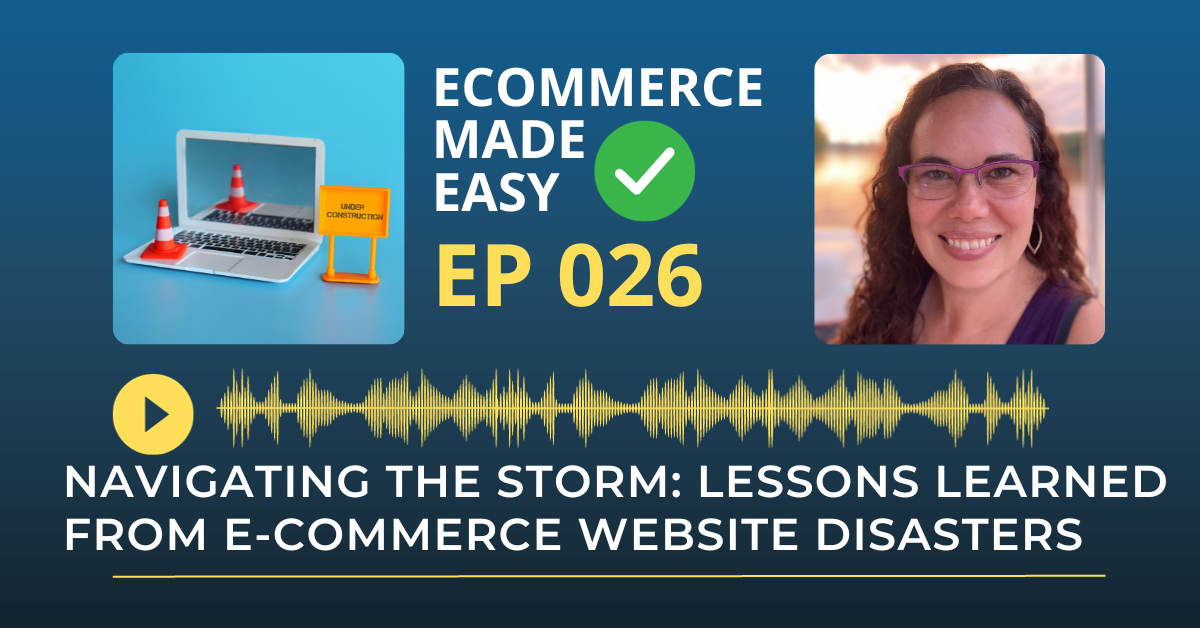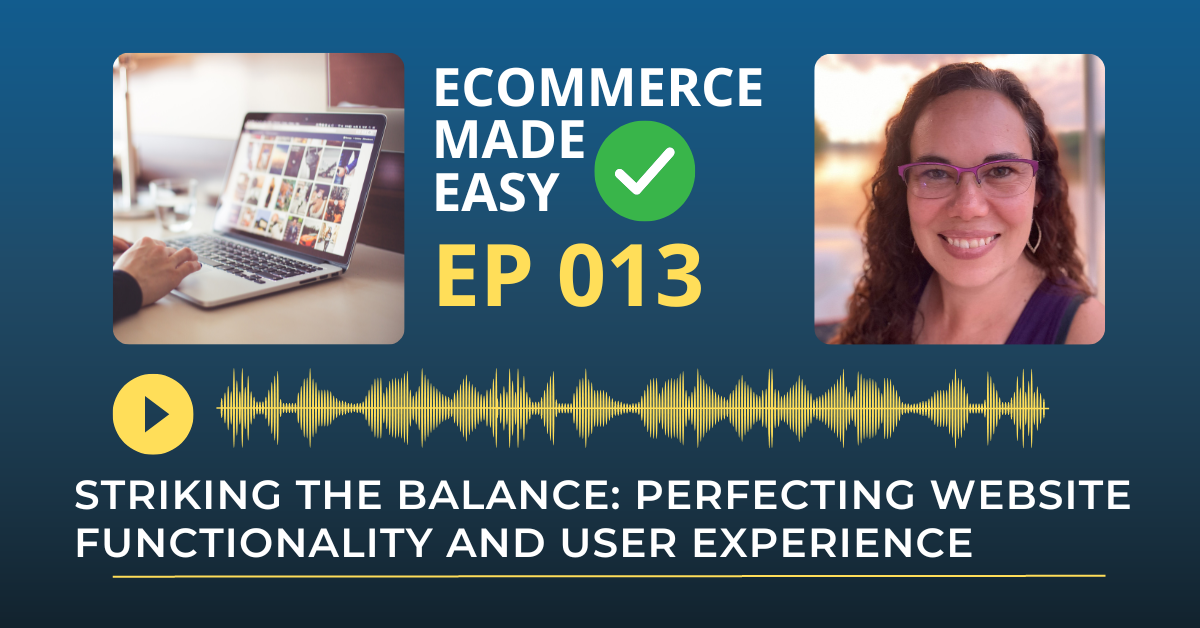You’ve probably asked it—or seen it asked in every online group:
“What’s the best software for an online business?”
What’s my response?
❌ There is no one right software for everyone.
✅ But there is a right one for you—and that’s what we’re breaking down today.
In this episode, I’ll walk you through how to stop chasing the latest tools and start choosing the right-fit tech for your business goals, personality, and growth stage.
Whether you’re building a course, running a service, or selling products—this episode will help you get unstuck and finally move forward.
Let’s Recap: What’s the Right Software for Your Online Business?
Choosing Software with Purpose, Not Hype
Choosing the right software for your online business is less about chasing the “best” tool and more about aligning tech with your goals, skills, and growth stage. Many creators and entrepreneurs waste time platform hopping, hoping a magical tool will fix their funnel, store, or course. That urge is understandable—slick demos and glowing comments make every platform look perfect. But tools don’t create momentum; your clarity and execution do.
The smarter path is to define what you sell, how you sell it, and what you need the tool to do well. When you start with fit over hype, you reduce tech debt, launch sooner, and make cleaner trade-offs that support long-term growth instead of short-term thrills.
Four Questions to Find the Right Fit
A practical way to evaluate software is to ask four key questions before you buy or switch:
- Primary function: What is the main job this software must do, and does it do that well?
- Tech comfort: How comfortable are you and your team with technology?
- All-in-one vs modular: Do you prefer everything in one place or best-in-class components stitched together?
- Scalability: Will this platform grow with you, or will it become a limitation that forces a costly replatform later?
These questions uncover your non-negotiables and risk tolerance. For example, a solo coach might accept fewer features for speed, while a growing brand might embrace a steeper learning curve to gain flexibility and automation they’ll need at scale.
Website Platforms: Speed vs Control
Website platforms illustrate these trade-offs clearly.
- Squarespace and Wix make DIY fast and friendly, perfect for a clean brochure site or a simple offer. The downside is growth constraints when you need complex logic, deep integrations, or unique designs.
- WordPress offers control and extensibility through plugins and custom code but demands security vigilance and routine maintenance. With proper upkeep—or a trusted partner—WordPress becomes a durable foundation that adapts to evolving strategy. Without it, neglected tech debt can expose your site to vulnerabilities that undermine trust and conversion.
Course Platforms: All-in-One or Modular?
Course creators face a similar choice between streamlined all-in-one platforms and modular stacks.
- Platforms like Kajabi and Go High Level combine landing pages, email, courses, and automations under one roof.
- Kajabi often feels simpler initially, while Go High Level offers broader automation and CRM capabilities with a steeper learning curve.
The right choice depends on priorities: rapid setup for a few offers versus sophisticated pipelines, segmentation, and multi-product ecosystems. If your model includes upsells, memberships, and advanced follow-up, investing in a scalable platform can save future headaches.
Ecommerce Platforms: Convenience vs Customization
E-commerce adds another layer of decision-making:
- Shopify and BigCommerce excel for speed and stability, with robust app ecosystems that let you launch quickly.
- WooCommerce, X-Cart, and Magento provide full control of code and data, enabling unique catalogs, pricing rules, and custom workflows. This freedom requires developer support and discipline but pays off when differentiation and advanced merchandising are central to your growth strategy.
Understanding Tech Debt
At the core of every smart choice is tech debt: the time, cost, and risk to learn, maintain, and extend your stack. Tech debt isn’t inherently bad—it’s a budget to allocate intentionally.
A platform with a higher learning curve but fewer future constraints can be the cheapest option over a two- to three-year horizon. The real danger is unplanned debt: endless trials, half-built funnels, and constant switching that erodes momentum. Clarity comes from doing. Set constraints, pick one tool, and commit to building something meaningful for 90 days.
Partnering for Success
If you feel stuck, remember: the right partner can turn a “good enough” platform into a profit engine. Support, strategy, and implementation amplify tools.
Define your primary job to be done, gauge your tech comfort, choose all-in-one or modular based on your model, and stress-test growth potential before you buy. Then decide, build, measure, and refine. Software doesn’t make sales; systems do—and systems start working the moment you stop tinkering and start shipping.
Rate, Review, & Follow on Apple Podcasts
If you’re loving my eCommerce Made Easy Podcast, I’d be thrilled if you could rate and review the show on Apple Podcasts. Your ratings and reviews help me reach more listeners and empower more people like you to thrive in the online business world.
Just click here to head over to Apple Podcasts, scroll down, give us a five-star rating, and share what you enjoyed most about the episode in the “Write a Review” section.
If you haven’t hit that follow button yet, now’s the perfect time! I have new episodes coming your way every week that you won’t want to miss. Hit the follow button and stay up to date with the eCommerce Made Easy Podcast! Follow Now!




